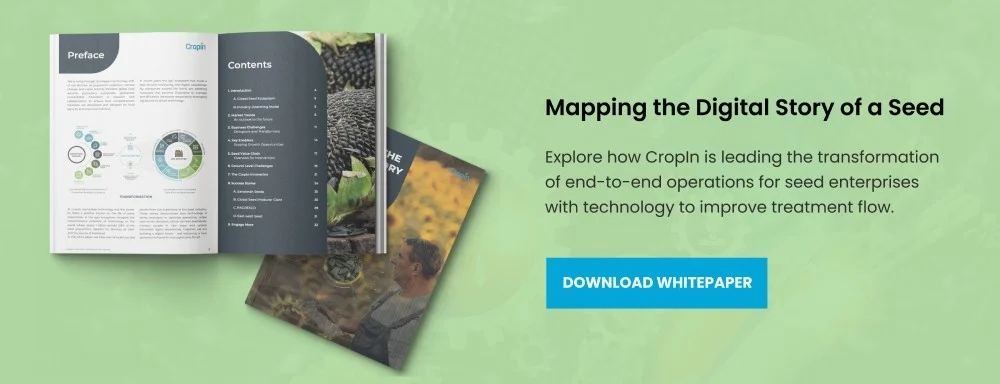Internet of Things in Agriculture: What is IoT and how is it implemented in agriculture?
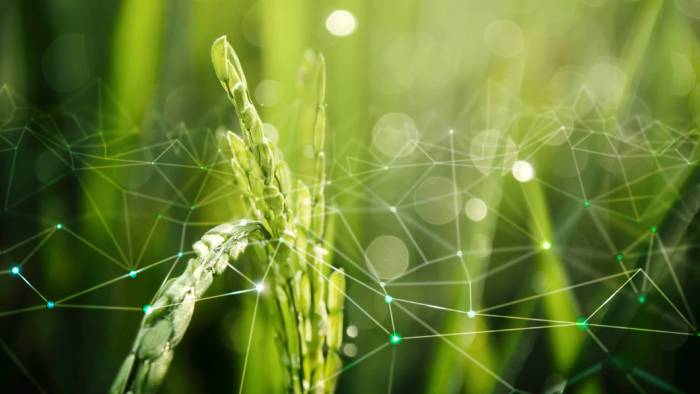
WHAT IS IOT? - THE SIMPLE EXPLANATION
We are witnessing unprecedented levels of adoption of technology in Agriculture. There are many emerging technologies in agriculture that seem very promising for the future of farming. IoT was once an emerging agri technology and now it has taken a mainstream position by wider adoption. IoT in agriculture by the simplest of definitions is just that – Internet controlling things.
Every time you look at your smart watch to count calories or ask Alexa or Siri to calculate the value of pie, you are using what is IoT tech. IoT by simplest of definitions is just that – Internet controlling things. IoT devices are ‘smart’ devices that can transfer data over a network. One of the first network connected devices was a 1982 Coke vending machine at Carnegie Mellon University, which was able to report if the drinks were cold or if there were drinks at all.
What Does IoT Mean?
The term Internet of Things was coined in 1999 by Kevin Ashton, co-founder and executive Director of the Massachusetts Institute of Technology (MIT) Auto-ID Laboratory, while he was giving a presentation at Procter and Gamble (P&G) as their Brand Manager. The presentation that Ashton made for P&G was meant to introduce radio-frequency identification (RFID) tags to manage the supply chain so that the location and stock at hand of each item coming out of it can be more easily monitored.
Riding the RFID wave, LG Electronics then put out a refrigerator known as the Internet Digital DIOS back in the year 2000 which was connected to the Internet. It kept track of the kind of food items that were stored in it as well as their respective quantities by scanning their RFID tags. Though the Internet Digital DIOS refrigerator didn’t sell well because most people thought it was too expensive for their needs, it would eventually pave the way for more house appliances to be managed via internet.
According to Cisco Internet Business Solutions Group (IBSG), though the term was coined in 1999, the Internet of Things was born in between 2008 and 2009 at simply the point in time when more “things or objects” were connected to the Internet than people. Citing the growth of smartphones, tablet PCs, and other smart gadgets, the number of devices connected to the Internet was brought to 12.5 billion in 2010 while the world’s human population increased to 6.8 billion, making the number of connected devices per person more than 1 (1.84 to be exact) for the first time in history.
Whitepaper | Digital Story of Seed
IOT TECHNOLOGIES IN AGRICULTURE
IoT smart agriculture products are designed to help monitor crop fields using sensors and by automating irrigation systems. As a result, farmers and associated brands can easily monitor the field conditions from anywhere without any hassle.
Take a look at the different uses of IoT in agriculture by means of various IoT solutions:
Are you looking for a centralized data and intelligence platform?
Cropin offers a multi-layered integration with Agriculture IoT devices, remote sensors, and drones for effortless decision-making.
Connect with our Ag-tech expert today to learn more!
1. ROBOTICS IN AGRICULTURE
Since the industrial revolution in the 1800s, automation got more advanced to efficiently handle sophisticated tasks and increase production. With increasing demands and shortage of labor across the globe, agriculture robots or commonly known as Agribots are starting to gain attention among farmers. Crop production decreased by an estimated 213 crores approx ($3.1 billion) a year due to labor shortages in the USA alone. Recent advancements in sensors and AI technology that lets machines train on their surroundings have made agrobots more notable. We are still in the early stages of an ag-robotics revolution, harnessing the full potential of the Internet of Things in agriculture, with most of the products still in early trial phases and R&D mode.
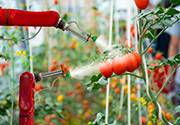
Weeding Robots
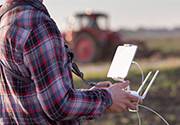
Machine Navigation

Harvesting Robotics
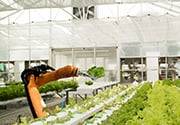
Material Handling
Robots can perform dreaded manual labor tasks working alongside the labors. They can lift heavy materials and perform tasks like plant spacing with high accuracy, therefore optimizing the space and plant quality and reducing production costs.
2. DRONES IN AGRICULTURE

3. REMOTE SENSING IN AGRICULTURE
Remote sensing in agriculture is revolutionizing the way data is acquired from different nodes in a farm’ IoT-based remote sensing utilizes sensors placed along with the farms like weather stations for gathering data, which is transmitted to analytical tools for analysis. Sensors are devices sensitive to anomalies. Farmers can monitor the crops from the analytical dashboard and take action based on insights.
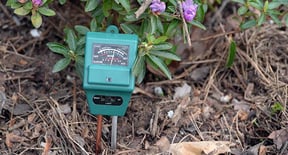
3. REMOTE SENSING IN AGRICULTURE
Remote sensing in agriculture is revolutionizing the way data is acquired from different nodes in a farm’ IoT-based remote sensing utilizes sensors placed along with the farms like weather stations for gathering data, which is transmitted to analytical tools for analysis. Sensors are devices sensitive to anomalies. Farmers can monitor the crops from the analytical dashboard and take action based on insights.

Crop Monitoring
Sensors placed along the farms monitor the crops for changes in light, humidity, temperature, shape, and size. Any anomaly detected by the sensors is analyzed and the farmer is notified. Thus remote sensing can help prevent the spread of diseases and keep an eye on the growth of crops.
Weather conditions
The data collected by sensors in terms of humidity, temperature, moisture precipitation, and dew detection helps in determining the weather pattern in farms so that cultivation is done for suitable crops.
Soil quality
Soil health analysis helps in determining the nutrient value and drier areas of farms, soil drainage capacity, or acidity, which allows for adjustment of the amount of water needed for irrigation and opting for the most beneficial type of cultivation. The soil health data can also help leverage regenerative agriculture by providing insights into how and when to increase organic matter and therefore achieve a better soil structure and eventually pave a path for climate-smart agriculture.
4. COMPUTER IMAGING IN AGRICULTURE
Computer imaging involves the use of sensor cameras installed at different corners of the farm or drones equipped with cameras to produce images that undergo digital image processing. Digital image processing is the basic concept of processing an input image using computer algorithms. Image processing views the images in different spectral intensities such as infrared, compares the images obtained over a period of time, and detects anomalies, thus analyzing limiting factors and helping a better management of farms.
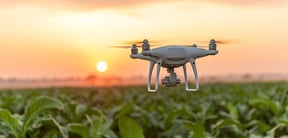
SMART AGRICULTURE SYSTEM USING IOT: IN SIMPLE WORDS
IoT device includes every object that can be controlled through the Internet. IoT devices have become commonplace in consumer markets with wearable IoWT (Internet of Wearable Things), such as smartwatches, and home management products, like Google home. It is estimated over 30 billion devices could be connected to the Internet of Things by 2020.
The applications of the Internet of Things in agriculture target conventional farming operations to meet the increasing demands and decrease production losses. IoT in agriculture uses robots, drones, remote sensors, and computer imaging combined with continuously progressing machine learning and analytical tools for monitoring crops, surveying, and mapping the fields, and providing data to farmers for rational farm management plans to save both time and money.
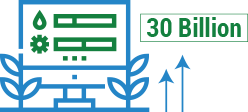
FAQs
1. What is IoT?
2. What is the role of IoT in agriculture?
Agriculture through precision agriculture implements IoT through the use of robots, drones, sensors, and computer imaging integrated with analytical tools for getting insights and monitoring the farms. Placement of physical equipment on farms monitors and records data, which is then used to get valuable insights.
3. What are the key differences between Saas and agriculture IoT?

SaaS
- No physical equipment required to be placed on farms
- Highly skilled labor not required
- No hardware maintenance costs
- Insights are accessible on laptop or PC screens and data is stored in the cloud
- Yearly or monthly subscription plans available at low cost, low risk investment
- High resolution satellite images for monitoring, GPS geo-tagging and weather analyzing
- Holistic supply chain management
- Very scalable, single application for management of multiple farms around the globe
- Labor logs and chemical usage data available
- Can be integrated with existing devices and IoTs
- One stop solution for managing all the operations before and post harvest
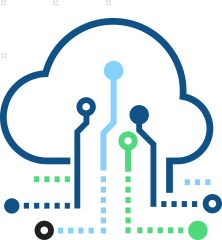
IoT
- Sensors, robots, drones, and cameras required to be placed on farms to monitor and operate
- Requires high skilled field staff to implement and manage bots and insights of IoT lingua
- Equipment are expensive and fragile
- Recurring maintenance costs for hardware
- Heavy initial investments
- Computer imaging is done via sensor cameras and drones with manual operators
- No supply chain management
- Not scalable as each farm data has to be managed separately
- No log info
- Difficult to integrate with already implemented devices
- Each equipment has a defined set of operation and not one can show all stats

IoT
- Sensors, robots, drones, and cameras required to be placed on farms to monitor and operate
- Requires high skilled field staff to implement and manage bots and insights of IoT lingua
- Equipment are expensive and fragile
- Recurring maintenance costs for hardware
- Heavy initial investments
- Computer imaging is done via sensor cameras and drones with manual operators
- No supply chain management
- Not scalable as each farm data has to be managed separately
- No log info
- Difficult to integrate with already implemented devices
- Each equipment has a defined set of operation and not one can show all stats
4. What are the infrastructure requirements for adopting an intelligent agriculture system using IoT?
- The high initial investments in sensors, drones, bots, and their setting up
- Hiring well-trained field staff for operating and management
- Connectivity to power to charge and operate the drones and robots
- Hardware maintenance costs
- Continuous connectivity to the internet
5. How easy is it to operate agricultural IoT?
6. How can I integrate IoT for multiple farm management?
